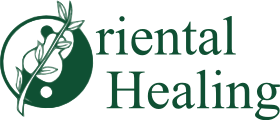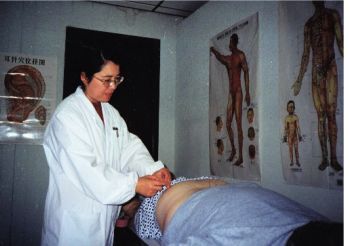 |

|
|
LLC
Since 1995
|
Acupuncture

Acupuncture is an ancient form of Chinese medicine. By inserting fine needles at specific points on the body, it is used to treat various disorders or imbalance of the body and mind. Acupuncture can facilitate release of internal substances (e.g.,endorphin and enkephalin, the body's natural products for pain relief and general well being ), stimulate vital energy (Qi), mobilize immune system, and increase resistance against diseases. Acupuncture is thus a renowned model of natural healing that activates the body's own protective mechanism and employs the body's tendency for new balance and recovery. Its advantages include simple procedure, lack of side effects, broad application, and good therapeutic effects.
Most patients feel no pain with needle insertion. But feeling of local distension, heaviness, numbing, tingling, or electric sensation traveling along effected pathways ( Meridians ) may be experienced, especially when weak electric current is fed onto the inserted needles or the needles are gently maneuvered. The combination of acu-points, time of needle stay, depth and angle of needling, and therapeutic manipulations ( e.g., tonifying for deficiency or dispersing for excess ) vary from case to case. Depending on the nature, severity, and duration of individual illness, 3 to 10 treatments are usually needed. Significant improvement is commonly noticed from 1 to 5 treatments. Sterilized disposable needles are used.
Medical conditions that respond well to acu-puncture (alone or combined with Chinese herbs) include but not limited to the following groups:
- Pain Control / Anesthesia: Headache, migraine, lower back pain, sciatica, tendonitis, arthritis, toothache, neuralgia, surgical pain.
- Addiction: to drugs, pain-killers, sleeping-pills, smoking, alcohol, other undesirable habits.
- Stress: Anxiety, depression, insomnia, ulcer, overweight, certain heart diseases.
- Dysfunction: Infertility, impotence, paralysis, injuries, asthma, allergy, visceral prolapse, post- stroke rehabilitation, gynecological disorders.